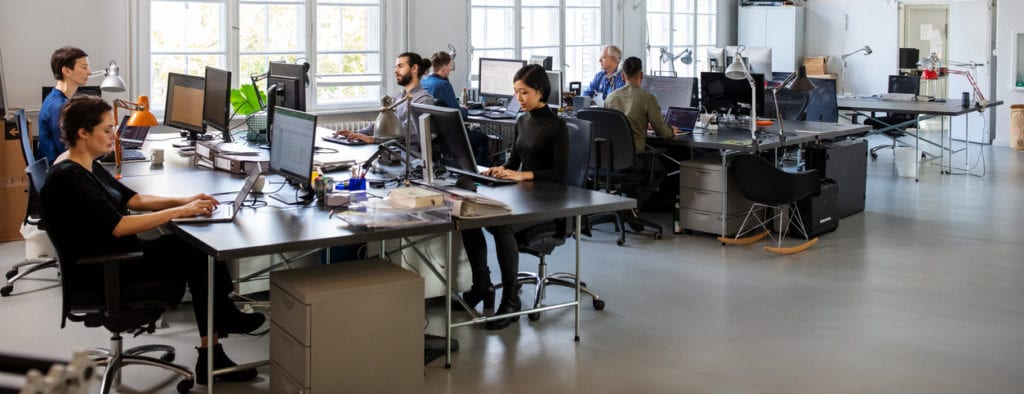Help Remote Employees Do Their Jobs Better; It Starts with Search
You may have swept a dysfunctional intranet and knowledgebase under the rug, but mid-pandemic remote workers are rediscovering the pain of not finding what they need. Read on for tips to improve your employee search experience.

If you thought it was annoying to walk across the office to talk to a different department, now imagine the only person you have to ask a question to is your dog sitting next to you. Your intranet should be able to produce a list of the most relevant subject matter experts to answer your question, but what’s more likely is spending hours a week searching for what you need without getting the people, documents, and data that exist somewhere in the ether.

Employees need remote access to a system that proactively recommends the appropriate knowledgebase documents, data, and people that they’d have access to if they were sitting behind their desk.
The cherry on top? This isn’t a COVID fix, this is the upgrade you’ve always needed. Below are some recommendations on how to set up remote employees for success via an intranet makeover.
Examine the Current Cycle of Knowledge Creation
If you read that headline and thought, “wait, there’s supposed to be a cycle?” you’re probably in the same boat as a lot of other companies: dealing with an intranet that lacks organization, proper content tagging, and irregular maintenance. All of this leads to frustrated employees wasting time searching for the most up-to-date information, and potentially recreating something that’s already been done, wasting one of the most valuable resources: time.
Create a simple scheme that makes it easy for employees to add departmental content into a shared repository. This will help streamline content into “one source of truth.” Ensure that there are clear and targeted tags assigned to content that’s shared so workers can quickly hone in on the information they need.
Lucidworks Fusion takes this one step farther by enriching structured and unstructured content automatically with the following capabilities:
- Entity extraction: Extracting known terms, phrases, people, places, and other entities from content and queries allows much more accurate query interpretation and document matching. By identifying if the user wants a document, someone’s phone number, an image, or a definition, it allows the system to hone in much more quickly on the most relevant results.
- Clustering & Classification: Clustering and classification are machine learning methods for finding the similarities – and differences – in a set of data or documents. These methods can be used for such tasks as finding cohorts of similar customers or aggregating sets of documents by topic, team, or office.
As employees continue to add more appropriately organized information to the knowledgebase, the system becomes smarter and better able to provide relevant search results. That means valuable work that was done previously is being properly utilized, and employees are able to leverage knowledge across the organization.
Understand How Employees Use Knowledgebase Content

Stakeholders must adopt reporting tools and usage dashboards that show the types of content that employees are engaging with most frequently to better understand how they’re getting work done. Plus, you have to keep an eye out for the dreaded null-results, queries that return a response of “no results found.” These reports and analytics should surface where your intranet is succeeding and raise red flags for anywhere your search is failing.
The good news is, you don’t have to dig through every interaction manually to get to the bottom of it! Lucidworks Fusion uses signals to learn about employee’s use of the platform over time. Search is a fine balance between providing the most relevant results (precision) while giving them enough selection to choose from (recall). By collecting information on a user’s behavior — what they click on, how they’re using the search bar, the type of content they most commonly reference — the system can refine the results.
Build Up Trust Over Time

Job satisfaction, low turnover, and employee performance are directly linked. By understanding how they rely on the data, documents, and experts at their disposal, you can continue to provide the information they need to do their work effectively and improve on the process over time. Fortunately, the work that needs to be done to make employees successful when working remotely, also helps them be more successful in an office setting. Regardless of how long we’re working from home, these upgrades will have positive ROI.
You can’t control how stressful it is for your employees to be isolated in their homes, or homeschooling kids, so focus on what’s in your control. Double down on fixing the cycle of creating and recalling knowledgebase documents and data for your employees at the exact moment they need it.
LEARN MORE
Contact us today to learn how Lucidworks can help your team create powerful search and discovery applications for your customers and employees.